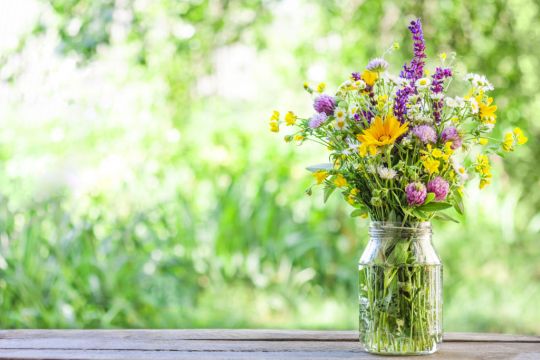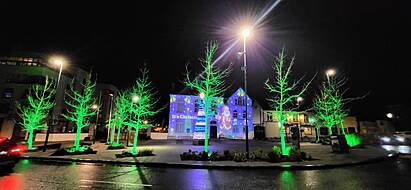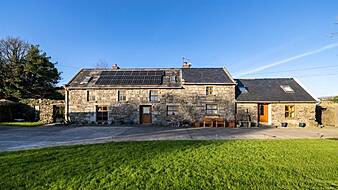It is many people’s dream to live in a cosy rural cottage with exposed beams, a roaring log fire and roses round the door. But the harsh practicalities of life often mean it’s an unachievable fantasy.
However, while work, finances and simple geography might mean you can’t move to your dream rural idyll, don’t worry, you can achieve that traditional country feel – at least to some extent – whether you live in your own period property or an inner city two-up two-down, thanks to the phenomenon that is cottagecore.
Yes, cottage living is now a ‘thing’ – an internet aesthetic trend that has boomed during the pandemic, as people seek ways to make the four walls they’ve been locked behind for so long more cosy and comfortable. The #cottagecore vibe is championed online by a community of people whose Instagram posts are laden with photos of gorgeous cosy cottages, vintage furniture and cute cottage gardens, often with a seemingly obligatory dog lazing in front of a blazing fire.
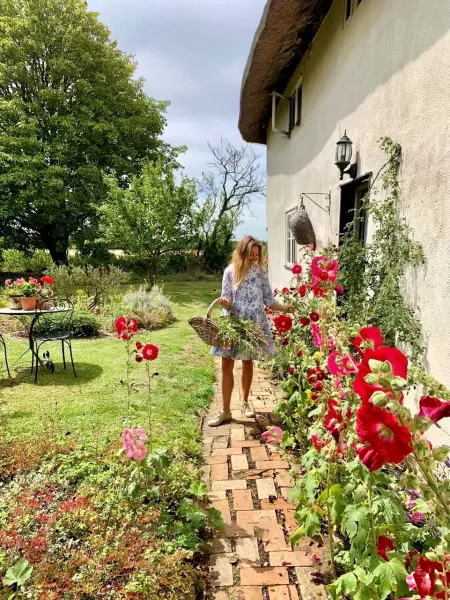
“Cottagecore definitely exploded during the first lockdown, as people began to dream of a healthier, simple lifestyle, surrounded by fields to roam and land to achieve self-sustainability,” says Rebecca Lovatt, a member of the #cottagecore community, whose Instagram account My English Country Cottage has more than 37,000 followers, who lap up Lovatt’s dreamy photos of her 400-year-old thatched cottage “in the middle of nowhere” (nowhere being on the Suffolk/Essex/Cambridgeshire border).
“It involves dreamy interiors with lots of old wooden beams, florals, roaring fires and summery picnics in rolling landscapes,” she explains. “It’s brimming with nostalgia.”
View this post on InstagramAdvertisement
Fellow cottagecore aficionado Naomi Stuart, whose @grove_cottage_ Instagram account has more than 19,000 followers, adds: “It’s seen as a romanticised interpretation of countryside living, where cottage dwellers are making homemade jam in their kitchen, living off the land and basically enjoying escaping from the fast-paced environment we all live in.
“The trend has become far more popular since lockdown, with people looking for rural properties now they can work from home. Gorgeous images on social media of living in the countryside has sold the dream that life out in the sticks is less stressful.”
Here, Lovatt and Stuart explain what it takes to create the #cottagecore home of your dreams, whether you live in a cottage or not…
What are the essentials for a cottagecore home?
Lovatt also runs the website My English Country Cottage (myenglishcountrycottage.co.uk), which features a different cottage every week and asks its owners to reveal what they think truly makes an English country cottage.
“There are several basic elements that every single cottage owner on my blog has cited as a necessity,” she says. “An Aga, a woodburner, blankets and cushions – it gets very cold in old and draughty cottages – fresh flowers, a multitude of fabrics and natural materials like wood and slate, comfy chairs and slouchy sofas – and a dog! These all sum up rural cottage living – it tends to be rather dark and cold in the winter, so warmth is an actual necessity.”
But Stuart says: “Open log fires and wood burners do add to the aesthetics, but an Aga isn’t essential or even a range – I chose a contemporary kitchen that integrates with the rest of the cottage perfectly.”
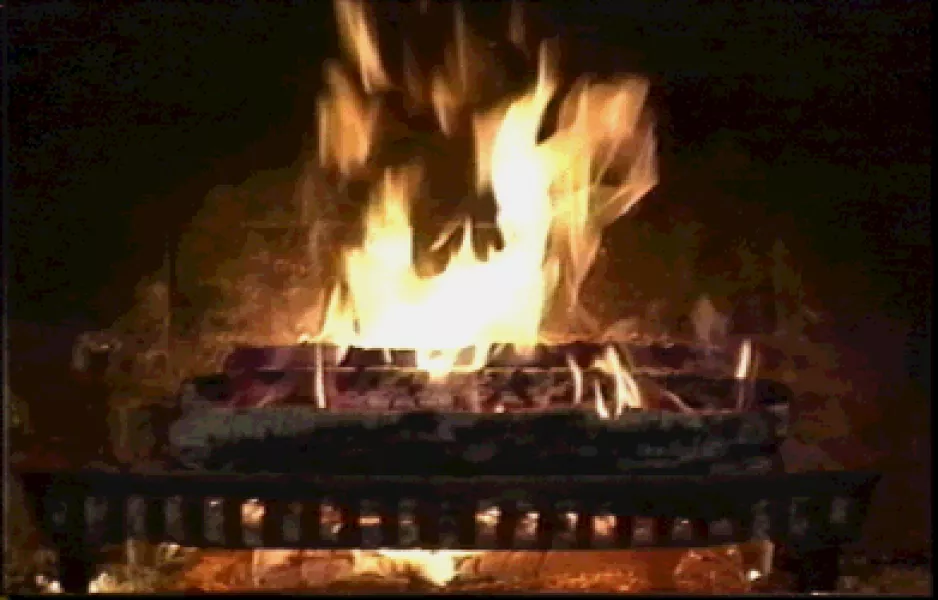
What should cottagecore homes be filled with?
“To achieve the look in perhaps a less draughty home, I’d say cottagecore is about filling a home with beautiful things,” says Lovatt. “Always fresh flowers or foliage, dressers stuffed with china and pottery and pictures, Agas surrounded by copper pans and whistling kettles, an obligatory rocking chair with cushions and blanket.
“There may also be bookcases rammed with old books – their spines visible so you can read the titles – lamps and candles lit in every room, thick floral curtains, soft paisley patterned eiderdowns and checked blankets.”
As well as fresh flowers, she says, baskets of dried flowers can add to the cottage feel – Lovatt’s got a basket of them on top of her toilet.
“It’s about layering and creating a warm and cosy home, filled with sunshine in the summer and candles and fires in the winter,” she adds. “And there’s one final necessity – rugs! Lots of them – colour, texture, design, history and more warmth – they complete the cottage layered look.”
Stuart, whose beautiful home, Grove Cottage, is nestled in a conservation area of a pretty Buckinghamshire village, says: “In my opinion, to get the cottage look, it’s all about using natural materials, indoor plants, soft fabrics and a muted colour palette.”
Do you have to have a garden?
Although nature also plays an important role in the cottagecore aesthetic, you can achieve the look without having any outdoor space, explains Stuart. “Even if someone doesn’t have a garden, they could have pots outside or windowsill planters to attract butterflies and bees,” she suggests.
Do you need to live in a cottage to really achieve the cottagecore look?
“I personally don’t think the property needs to be old,” says Stuart. “There are houses that are designed and constructed to look as though they’ve been around forever. It’s then how you style the interiors.”
